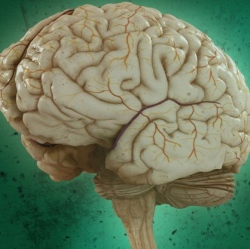
Researchers have achieved critical insight into the size of neural connections, putting the memory capacity of the brain far higher than estimates. The work also answers a longstanding question as to how the brain is so energy efficient and could help to build computers that are incredibly powerful but also conserve energy.
"This is a real bombshell in the field of neuroscience," says Terry Sejnowski, Salk professor and co-senior author of the paper, which was published in eLife. "We discovered the key to unlocking the design principle for how hippocampal neurons function with low energy but high computation power. Our new measurements of the brain’s memory capacity increase conservative estimates by a factor of 10 to at least a petabyte, in the same ballpark as the World Wide Web."
Our memories and thoughts are the result of patterns of electrical and chemical activity in the brain. A key part of the activity happens when branches of neurons, much like electrical wire, interact at certain junctions, known as synapses. An output ‘wire’ (an axon) from one neuron connects to an input ‘wire’ (a dendrite) of a second neuron. Signals travel across the synapse as chemicals called neurotransmitters to tell the receiving neuron whether to convey an electrical signal to other neurons. Each neuron can have thousands of these synapses with thousands of other neurons.
